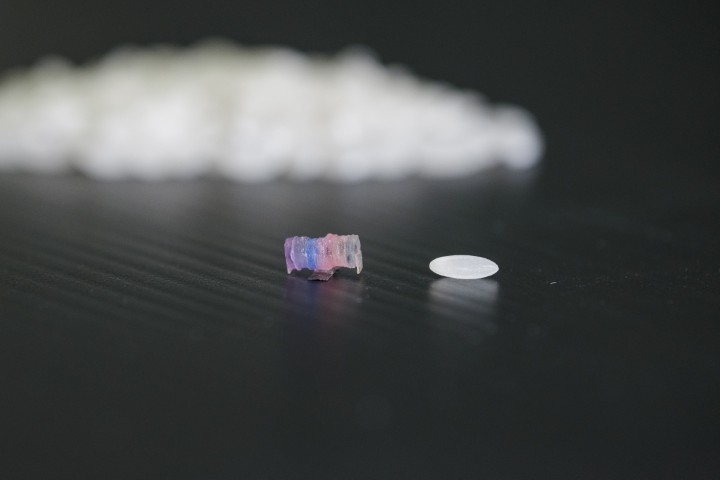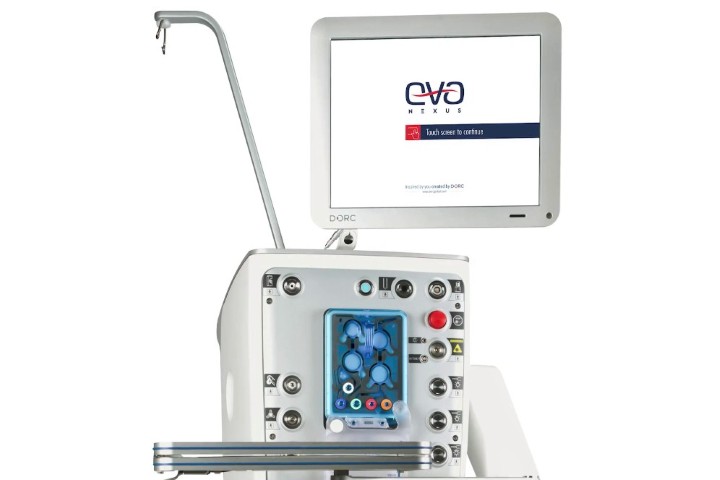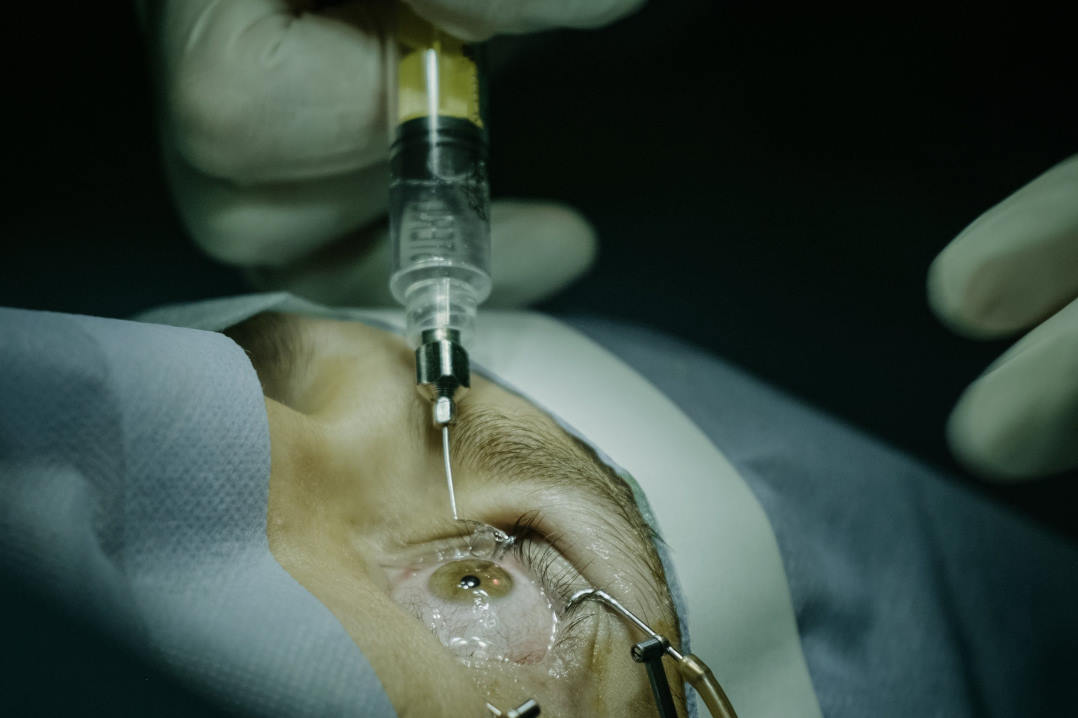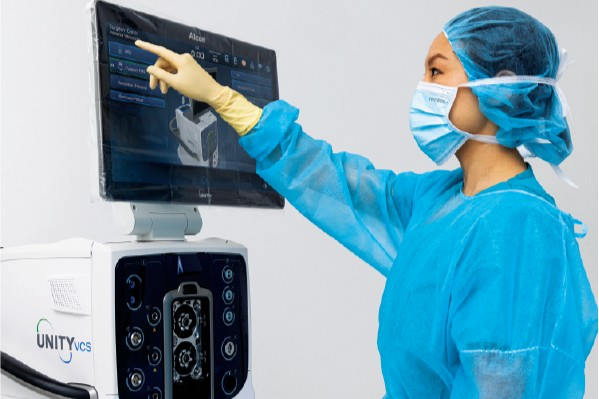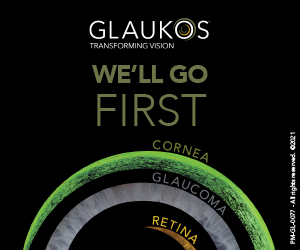Drug-delivering, swimming micro-robots validated
Scientists at Nanyang Technological University Singapore (NTU Singapore) have developed rice-grain-sized soft robots that can transport up to four different drugs and release them in reprogrammable orders and doses.
Writing in Advanced Materials, the NTU team said the devices are advanced iterations of their previously developed magnetically controlled miniature robots, which are capable of complex manoeuvres such as ‘swimming’ through tight spaces and gripping tiny objects.
“Traditional methods of drug delivery like oral administration and injections will seem comparatively inefficient when stacked up against sending a tiny robot through the body to deliver the drug exactly where it is needed,” said lead investigator, Assistant Professor Lum Guo Zhan.
The robots are composed of smart magnetic microparticles and polymers that are non-toxic to humans and are described by researchers as highly dexterous – quickly rolling and crawling to navigate complex, unstructured environments inside the human body. In the lab, researchers said the robot delivered four drugs in fluids divided into four sections, with results showing the robot could navigate the environment and release sufficient drugs over eight hours, with minimal drug leakage.
In an independent review of the findings, Dr Yeo Leong Litt Leonard, senior consultant and surgeon at in the Department of Medicine, National University Hospital and Ng Teng Fong General Hospital, Singapore, said the robots represent a medical breakthrough on the verge of happening. “As a doctor who performs minimally invasive procedures, we currently use a catheter and a wire to move through blood vessels to treat problems. But I can foresee it will not be long before this is superseded by tiny robots that can autonomously swim through the body to reach places we can't get to with our tools. These robots could stay in place and release medication over time, which would be much safer than leaving a catheter or stent inside the body for a long time."
After evaluating their performance with organ-on-chip devices and animal models, the NTU research team said it will look to make the robots even smaller so they could eventually be used to treat conditions such as brain tumours and bladder and colorectal cancers.









